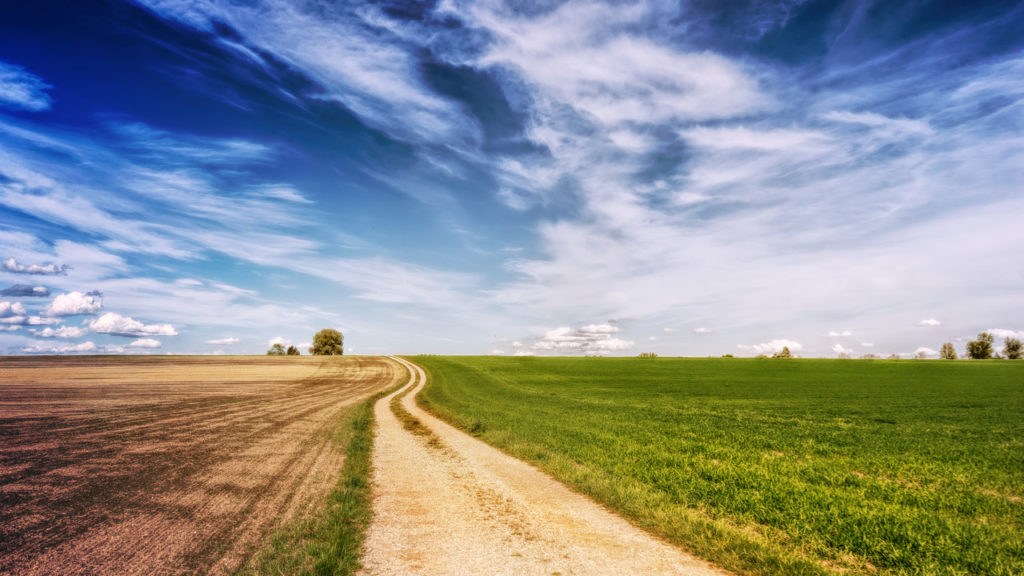In the years since 1980, the number of individual farms in Belgium has gone down by 70%, according to figures from the national statistics office Statbel.
During the same period, the average area covered by each farming business tripled, meaning that there are fewer farms now, but the ones that remain are very much bigger.
In Flanders, the average farm size increased from 8.4 hectares in 1980 to 26.7 ha in 2019.
In Wallonia, the average farm went from 20.7 ha to 57.6 ha in the same period.
“Furthermore, the number of animals per farm is also increasing and this reflects the increasing concentration of the means of production,” Statbel states.
At the same time as the number of separate farming operations – whether those concerning the typical farming family or those run by industrial companies – fell by 70%, employment in the sector fell almost as much, by 68%. So while today’s farms are on average larger, they employ far fewer people than before.
Part of the reason is the increasing size of each farm, but Statbel also points to increased mechanisation, as well as computerisation. And while total employment has gone down drastically, the number of workers on each farm went up from 1.63 on average in 1980 to 1.92 in 2016.
But the familial character is almost completely lost. Whereas in 1980 only 3.9% of farm workers were not family members, by 2016 the number had gone up to 27.9% – a sevenfold rise.
As far as farm products are concerned, the agricultural area given over to potato growing increased by 50%, while grain and pasture remained almost unchanged.
Pig farming rose very slightly while cattle (beef and dairy) and sheep and goats remained unchanged. The number of horses went up fourfold, albeit from a very low 0.1% to 0.4% of all farm animals.
Alan Hope
The Brussels Times

